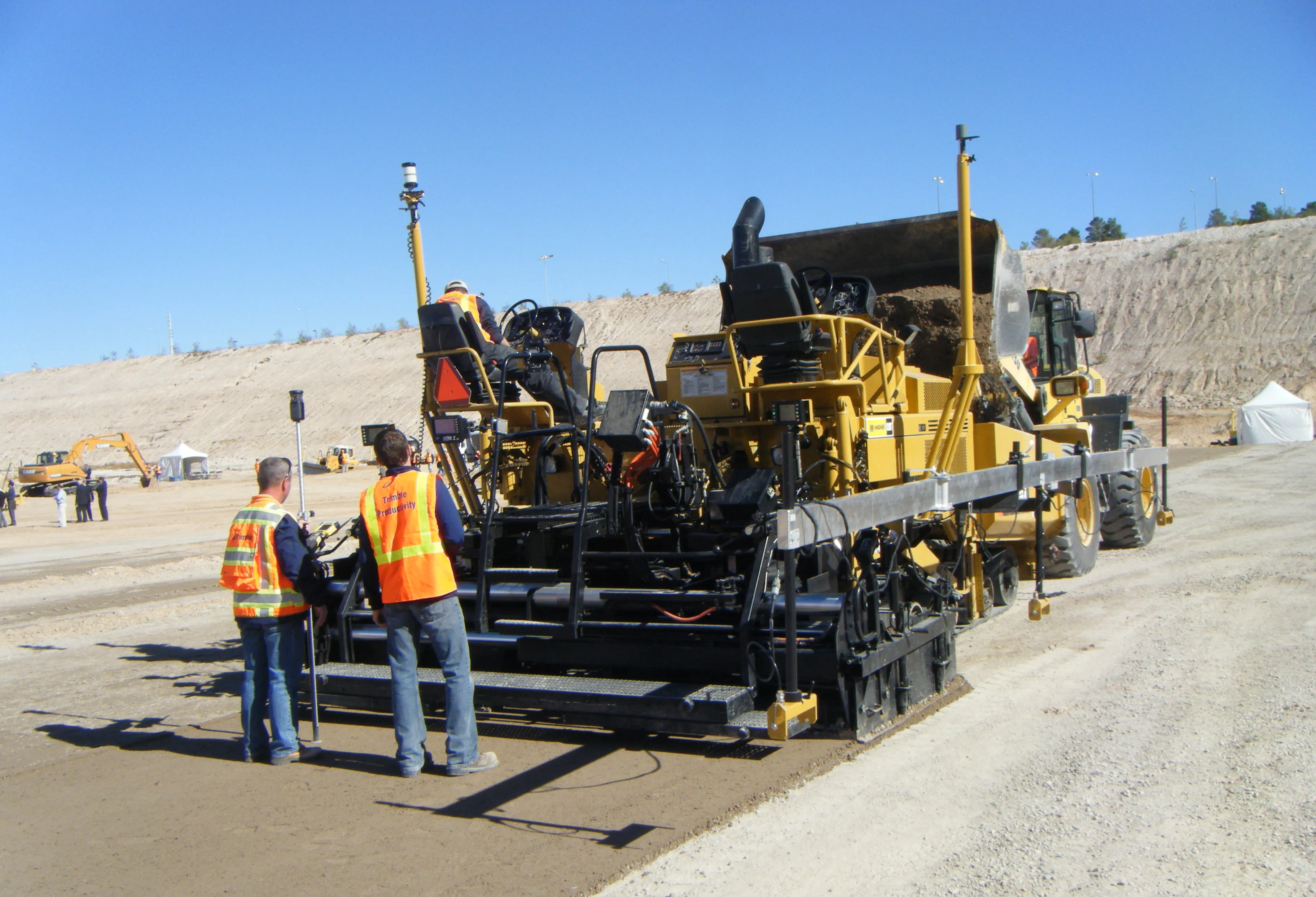Vaisala will be demonstrating what it claims is a new first-of-its kind mobile sensor technology product to its customers in Europe during a mobile road weather tour over the winter months of 2012-13. Starting from Vienna, Austria, the tour will take vehicles equipped with the new and revolutionary Vaisala Condition Patrol DSP310 road surface monitoring technology through 15 European countries especially prone to snow and ice. The tour will end at Vaisala's head office in Helsinki, Finland in March 2013. Na
November 8, 2012
Read time: 2 mins
Starting from Vienna, Austria, the tour will take vehicles equipped with the new and revolutionary Vaisala Condition Patrol DSP310 road surface monitoring technology through 15 European countries especially prone to snow and ice. The tour will end at Vaisala's head office in Helsinki, Finland in March 2013. Named Tracks Across Europe, the tour is a sequel to the extremely successful Vaisala Across America tour which took place last winter.
"We are truly excited to offer our road customers the opportunity to experience our mobile data collection system in a unique and hands-on way," said Antero Jarvinen, director of Vaisala's roads and rail market segment.
Vaisala claims the DSP310 features the first mobile road weather sensing equipment to measure pavement temperature, air temperature, atmospheric moisture, road state, thickness of water or ice, and surface friction. Said to be a perfect complement to fixed road weather stations, the Condition Patrol provides those in charge of road maintenance information to make better decisions, reduce costs, protect the environment, and reduce the likelihood of traffic crashes.
The mobility of the system allows maintenance crews to gather road weather data along their entire road network or highways in real time, which Vaisala claims has never before been possible. Obtaining data from the Vaisala Condition Patrol DSP310 is said by the company to be easy and flexible, as it can be viewed by the driver, stored in the vehicle, or transmitted for viewing over the internet.









